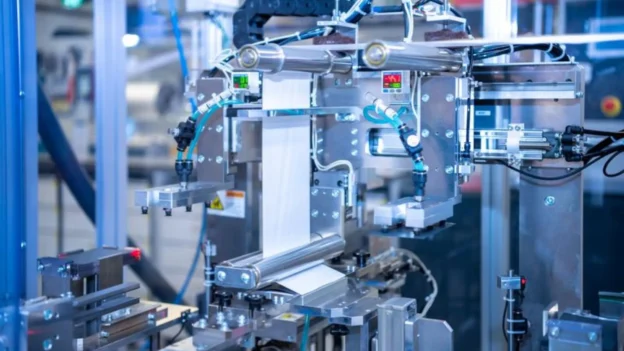In Germany, the MEET Battery Research Center and the Institute for Business Chemistry at the University of Münster have developed an innovative method for recycling dry-processed cathodes.
This technique represents a viable solution both environmentally and economically, aligning with the objectives of a circular economy. circular economy.
Lithium-ion battery cathodes treated with dry processing use polytetrafluoroethylene (PTFE) as a binder, avoiding the use of expensive and partly toxic solvents. This feature, in addition to reducing the environmental impact of production, facilitates recycling, since PTFE has low adhesion to the current collector.
Recycling for dry-processed cathodes
The process developed by the researchers makes it possible to separate the active materials from the cathode of the aluminum collector by dry milling. The operation delaminates the composite material without altering its structure, making it possible to recover the active material, the PTFE binder and the carbon black in their original form.
Maike Michelle Gnutzmann of the MEET center and BACCARA school says this method avoids the use of harsh chemicals and can be scaled up industrially. Functional tests show that recycled materials retain the expected electrochemical performance in new cells.
The results were published in the journal Advanced Energy Materials.
Economic viability and environmental impact
In addition to the technical benefit, the method was evaluated through a life cycle cost analysis (LCCA), demonstrating that its implementation reduces production costs even with low scrap rates. It also decreases the carbon footprintemissions, reinforcing its potential as a standard in future battery manufacturing plants.
The breakthrough highlights the importance of integrating recycling from the process design phase. With technologies such as dry processing, it is possible to design closed production systems where materials are reinserted into the industrial cycle without loss of functionality.
Source: nachrichten.idw
Photo: Uni MS – Michael Möller


